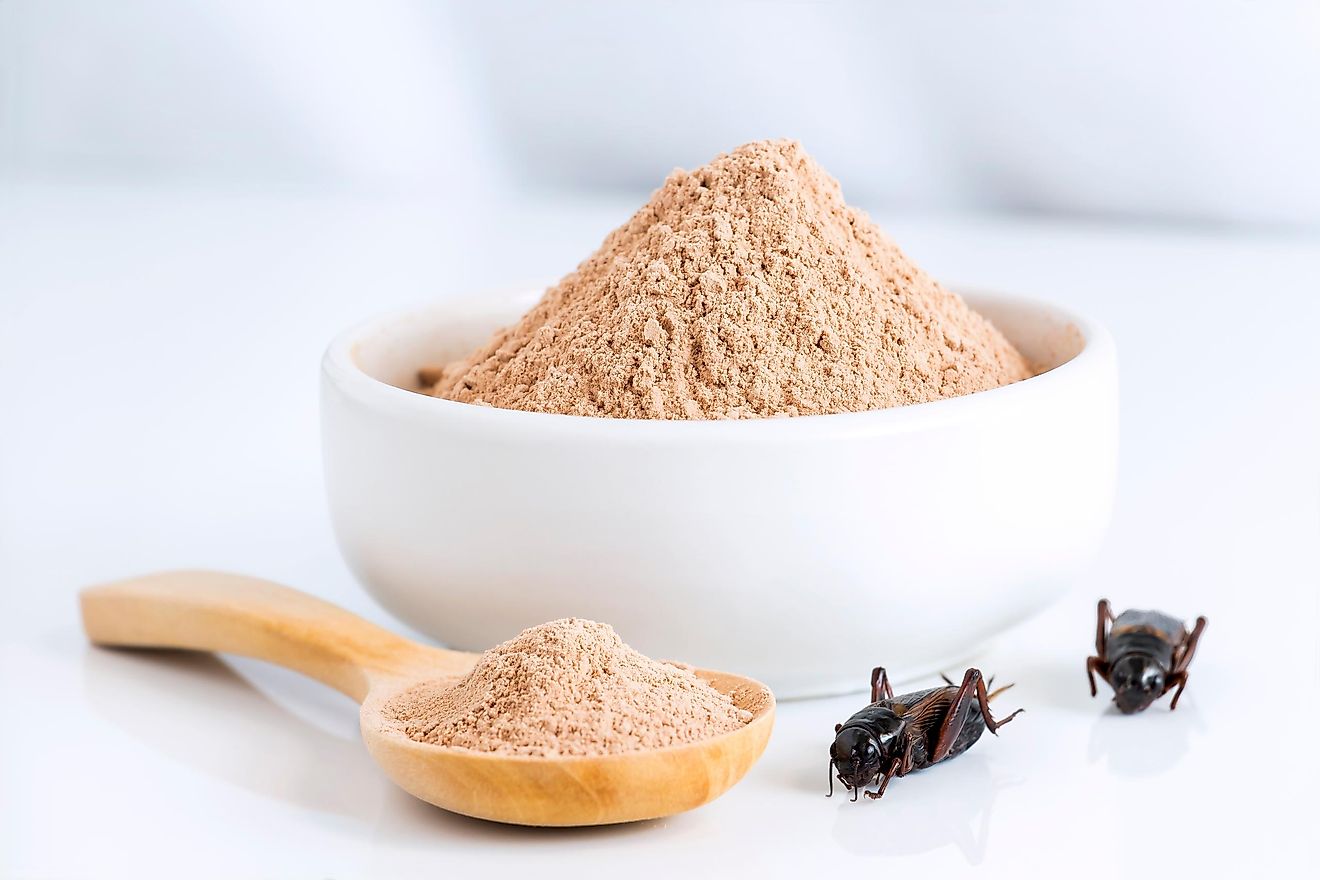Edible Insects Farmed In North America

Startups and scientists consider insects a “sustainable protein of the future” and already produce healthy products made with these proteins. Innovations aside, what insects are edible and what they taste like?
What Are The Advantages Of Insect Farming?
Insects are more nutritionally efficient compared to other meats. Crickets are a complete protein, and the amount is better than in soy; they also contain dietary fiber and mostly unsaturated fats. They contain some vitamins and most essential minerals. Insects still present many challenges in regards to the mass production, starting from the need to accommodate several life stages, and the potential for the product to accumulate toxins. However, the output remains by far more cost-efficient, sustainable, and less draining on the land and water resources. It also produces less pollution. Many also consider farming and consuming insects less cruel as their needs are far less complicated: they do not require companionship and interaction, do not suffer without exercise, and their perception of fear or pain is still debatable.
How Are Edible Insects Processed?
They say that stinkbugs have an apple flavor, agave worms are spicy, and ants are sour or sweet... however, in the majority of Western countries, you will not get to try freshly cooked insects (never eat insects you caught in the wild as you are most likely to contract microscopic parasites).
All edible insects in North America and Europe are produced in special farms according to very strict regulations. In Western markets, large scale producers mainly focus on four insect species approved for human consumption and considered viable for industrialized mass production: House crickets (Acheta domesticus), European migratory locusts (Locusta migratoria), mealworms (Tenebrio molitor) as larvae, and lesser mealworms (Alphitobius diaperinus) as larvae. Among these, crickets and mealworms are more commonly used.
When insects reach the harvesting stage, they are freeze-dried and packed whole or pulverized to produce insect protein powder. At the next stage, they are cooked as snacks or used as a cooking ingredient.
What Food Products Are Made Of Insects?
We will leave Asian and other exotic countries aside for a moment, and discuss the products that are commonly produced in the US, Canada, and Europe. Please mind that all the insects mentioned are farmed with very strict regulations - do not use wild insects! Here are the main uses:
Insect Flour: Insect flour is pulverized or mulled freeze-dried insects. The most common is cricket flour. You can use it as a gravy or soup thickener or in making of snacks and savory pastry. There is also insect bread (Finnish Sirkkaleipä) baked with the mix of insect flour.
Insect Burger: These are patties shaped the same as burgers but made with insect flour combined with other ingredients. The most common sources are house crickets and mealworms. One example is essento burger containing mealworms.
Insect Protein Bars: These protein bars are just like regular bars but made with insect proteins, mainly house crickets. Other ingredients are also used. The taste of the protein is not recognizable as you will mostly feel the flavors used (cocoa, vanilla, or fruits, for example). There are also snacks (Finnish BugBites) made of oats mixed with insect flour.
Insect Pasta: Is pasta made of the mix of wheat flour and flour made of house crickets or mealworms.
Whole fried insects as snacks are sometimes offered as a snack in street stalls (Germany) or various events (Ireland), but, in that form, they remain a novelty and curiosity.











